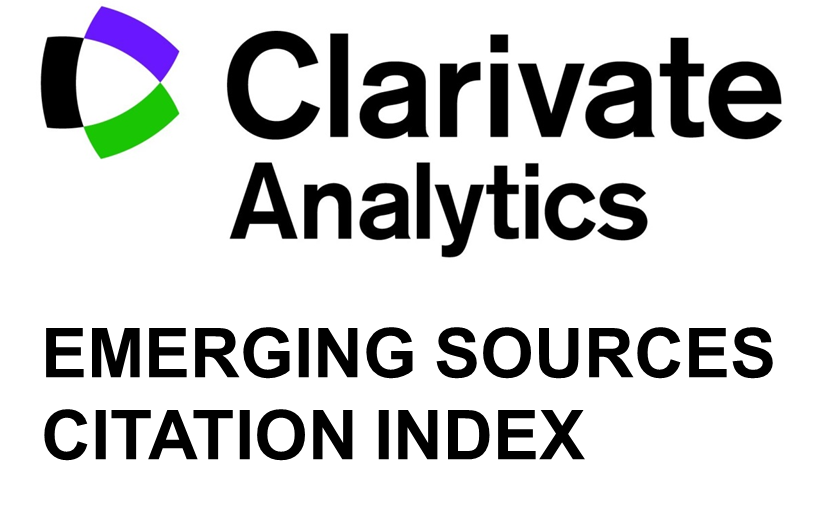UDK 616-002.78-055.2
doi: 10.15507/0236-2910.026.201601.070-081
SEXUAL DIMORPHISM OF GOUT CLINIC (adapted from the materials of the rheumatology departments of Saransk hospitals)
Valentina Antipova (professor of Faculty Therapy chair with a course of Physiotherapy, Medical Institute, Ogarev Mordovia State University (68, Bolshevistskaya St., Saransk, Russia), Ph.D. (Medicine), ORCID: orcid.org/0000-0003-1559-4721, This email address is being protected from spambots. You need JavaScript enabled to view it.)
Natalya Sergutova (assistant of Faculty Therapy chair with a course of Physiotherapy, Medical Institute, Ogarev Mordovia State University (68, Bolshevistskaya St., Saransk, Russia), Ph.D. (Medicine), ORCID: orcid.org/0000-0001-8274-7906, This email address is being protected from spambots. You need JavaScript enabled to view it.)
Marina Legavina (clinical intern of Faculty Therapy chair with a course of Physiotherapy, Medical Institute, Ogarev Mordovia State University (68, Bolshevistskaya St., Saransk, Russia), Ph.D. (Medicine), ORCID: orcid.org/0000-0002-4245-7485, This email address is being protected from spambots. You need JavaScript enabled to view it.)
Over the past decades the incidence of gout has increased in the world. Despite the well studied mechanisms of development and characteristics of the clinical picture of the disease, gout is diagnosed late. Gout is believed to occur in 1 - 3% of the population of the developed countries, predominantly in men over 45, but in modern literature there is information about the age reduction for the gout onset and the incidence of gout in women. An ever-increasing incidence, an early disability, impaired quality of life, and a high risk of death make the gout problem highly relevant one and require the improvement of the detection methods, early gout detection and optimization of tactics for managing patients with gout. The object of the present research is the identification of sexual dimorphism of gout clinic (adapted from the materials of rheumatology departments of Saransk hospitals).
Materials and Methods The study included 195 patients with gout (169 men and 26 women) surveyed in 2011– 2015 in reumatology сlinices GBUZ “MRCB” and GBUZ “RCH № 5” of Saransk. The average age of women was 52,3 ± 12,3, of men – to 54,3 ± 13,2, median disease du-ration was 5,2 (2,6–7,8) years for women and 9 (3,5–14,5) years for men.
Results Chronic arthritis was detected in 58,8 % of women and 67,5 % of men. The formation of tophi in women was observed earlier and in greater numbers than in men: the average duration of the disease before the formation of tophi in women was 3,1 years, and for men 5,7 years. In the group of women the average duration of the first artrit bout was 13 days, in the group of men – 10 days. The metobolic syndrome components such as arterial hypertension, diabetes mellitus of the 2nd type, dyslipidemia were observed more often in women than in men
Discussion and Conclusions Clinical course of women’s gout has its features. Since gout in women is more severe, the chronic tophy gout develops earlier than in men. Women have identified hypertension, type 2 diabetes, and dyslipidemia more often.
Keywords: gout, gouty arthritis, tophi, comorbidities, uric acid
For citation: Antipova VN, Sergutova NP, Legavina MN. Sexual dimorphism of gout clinic (adapted from the materials of the rheumatology departments of Saransk hospitals). Vestnik Mordovskogo universiteta = Mordovia University Bulletin. 2016; 1(26):70-81. doi: 10.15507/0236-2910.026.201601.070-081

This work is licensed under a Creative Commons Attribution 4.0 License.

















